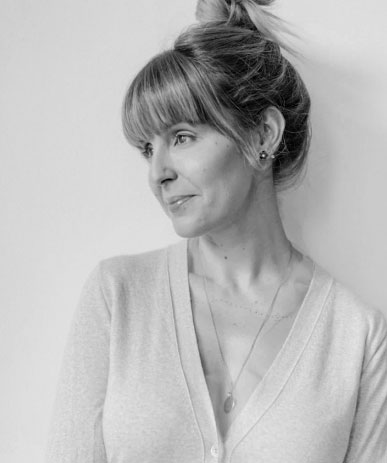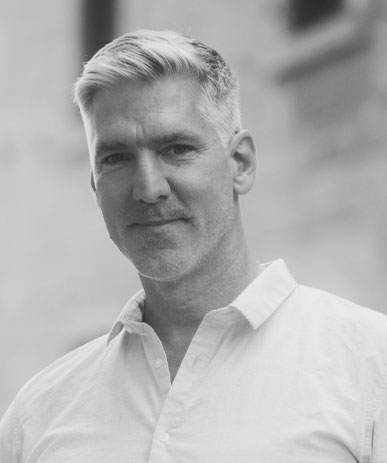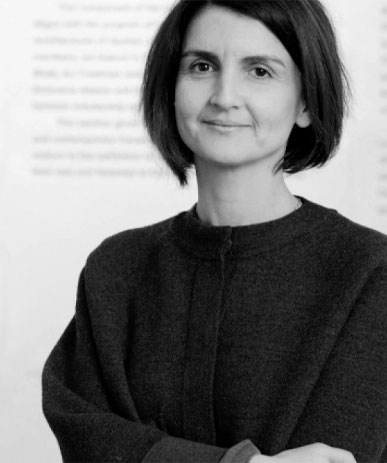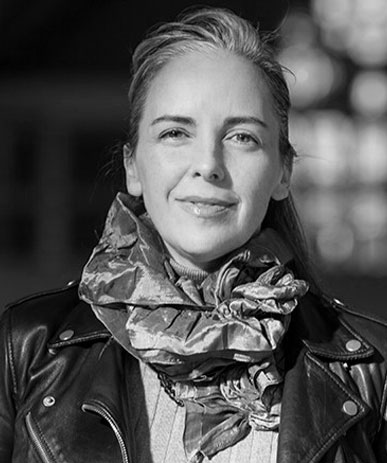CASE STUDIES
Restorative Justice
* For image references, please scroll to the bottom of the page.
Author of case study: Marcela Torres Molano
Geopolitical location of space:
Carrera 52 No. 42-73
Medellín, Antioquia
Extant? Yes
Architect: Not specified
Start date: 17 July 2019
End date: 18 July 2019
A Colombian Special Jurisdiction for Peace (JEP) first instance hearing for victims of forced disappearance in Medellín’s Comuna 13 took place here. The objective of this hearing was to establish whether or not there are unreported burial sites in Comuna 13 or its surroundings (the Comuna 13 is one of the most deprived neighbourhoods of Medellín). This was an important TJ hearing of the Special Jurisdiction for peace. It was a first instance hearing to establish if a further investigation was needed for this particular case.
The most important encounter was between victims and public institutions and organisations that were responsible for the search or exhumation of victims. The institutions were asked to publicly demonstrate to the victims their plans, measures, actions, processes, achievements, challenges and proposals during the complex panorama.
Yes, a Transitional Justice public hearing of the Colombian Special Jurisdiction for Peace (JEP) took place in this courthouse. The hearing was implemented during 2 consecutive days and had a total duration of ten hours.
The courthouse has a regular arrangement where judges sit in a front line in front of the room. However the JEP clarified that the hearing was an instrument to guarantee the necessary and irreplaceable participation of the victims, whose rights are the raison d’être of the JEP.
This was an encounter between the JEP judges, the local government of Medellín, the families of missing victims of the Comuna 13, and representatives from non-Governmental organisations.
This is an urban complex of government buildings that belongs to the administration of Antioquia department and Medellín municipality.
The Courthouse is located in a complex of governmental buildings that includes an open plaza where civic activity and demonstrations generally happen. It is a very symbolic place for social causes in Medellín. This is an institutional and well recognised governmental structure. The hearing took place in a regular courthouse, following the institutional protocols of the Special Jurisdiction for Peace (JEP). As any other JEP hearing, the judges wear the black robes with indigenous shapes embroidery, characteristic of this Special Jurisdiction.
The hearing took place in the fourth floor of La Alpujarra Administrative Centre, officially known as the José María Córdova Administrative Centre. An urban complex of government buildings built in 1980. The Alpujarra Centre has two buildings separated by a public plaza, and includes public businesses as the National Tax Administration and the seat of Teleantioquia (a regional TV channel). It has its own metro station (Alpujarra) which makes the site easily accessible.
The Courthouse’s main room has a regular Colombian justice arrangement with judges seated in front, on top of an elevated stage (capacity of the room: 168 seats, besides the judges). To the left, there is one wood structure equipped with a microphone for individual interventions. In front of the judges, there was an empty space used for presentations and performances from collectives and victims. The hearing had a series of very important symbolic acts, such as leaving empty chairs that evoke the disappeared victims and the relatives who died waiting for them to arrive.
The lateral walls were decorated with the pictures of the victims and black silhouettes representing their absence. A television screen, with the names of the victims was situated to the right of the stage, and a bigger projection screen was located to the left. Artificial lighting (white lamps) played an important part of the room illumination.
Even though the courtroom was not designed for TJ purposes, the fact that collectives and victims were allowed to appropriate it with their symbolic acts gave it a sense of safety and inclusion. However, the hierarchical seating’s arrangement put the judges in a superior status compared to the victims, which is not an ideal scenario for a reparative process. Moreover, during some symbolic acts, the judges had to change their seats, and exchange them with other participants, demonstrating that the regular arrangement of courthouses was not ideal for reparation acts.
One other important spatial element was the plaza located outside the building, a very symbolic place for social causes in Medellín. The courthouse is located inside a complex of governmental buildings, that includes an open plaza where civic activity and demonstrations generally happen. This plaza became an extension of the hearing site, where other supporters and victims’ families had the opportunity to occupy and manifest. Colombia has no certainty about the total number of victims of forced disappearance or other people reported missing. The official record established that between 1970 and 2018, 80,000 people were forcibly disappeared; 460 of these cases have been registered in commune 13. 384 are currently missing, 76 were murdered and 8 appeared alive. Out of the total, 322 cases were men and 62 women.
During the JEP hearing participants were allowed to expose their cases and had the opportunity to ask questions and demand clarification from the governmental institutions. After this hearing ended, the JEP ordered the Government of Antioquia the “construction of a proposal for dignity and historical memory of the victims of forced disappearance in commune 13. This was an important hearing for the TJ system, as it was part of the truth clarification of one of the most problematic military operations during the Colombian conflict, “La Operación Orion”, in which 92 civilians disappeared.

is an author, speaker, columnist, and podcaster in the fields of architecture and decorative arts. She is completing her MA in Art History at Concordia University, Montréal, and holds a Bachelor of Commerce with a major in Marketing from John Molson School of Business. She studied Industrial Psychology in Los Angeles, California. Sicotte is the author of two published books on design (2015, 2018) published by Les Éditions Cardinal.

is a Colombian PhD candidate in the Department of Art History at Concordia University. She has a background in architectural design and community activism and holds a master’s degree in Building and Urban Design from the Bartlett School of Architecture in London, England. Her interests focus on socially-engaged art, social movements, collaborative activism in post-conflict scenarios, collectively-produced art, and art produced in relation to the built environment.

is a PhD candidate in Humanities at Concordia University. His research focuses on spatial agency, social aesthetics, youth narratives, and graphic representations of urban memory. He has published on the relationship between children, play, and public space in Cartagena, Colombia. He has also worked as an editor on literary projects, including Territorio Fértil, which received the María Nelly Murillo Hinestroza award for Afro-Colombian literature.

is Associate Professor and Canada Research Chair in Architectures of Spatial Justice (Tier 2) at the Peter Guo-hua Fu School of Architecture at McGill University, Montréal, Québec, Canada. Her research interests include low-income housing and participatory design, civil protest and urban design, and campus landscapes and race. Her publications include the co-edited book, Orienting Istanbul (2010) and solo-authored book, Istanbul Open City (2018).

is an artist and a professor of Art History at Concordia University. Her work focuses on women and the history of the built environment, urban landscapes, research-creation, and oral history. She has published on the spatial history of the suffrage movement, public art, gardens, and the politics of urban change. In addition to her research on the spaces of restorative and transitional justice, she is leading an oral history project on the urban memories of diverse Montrealers.

is Associate Professor in the Department of Theatre at Concordia University, Montreal (Quebec, Canada). He is also the second co-director of Concordia’s Centre for Oral History and Digital Storytelling. His latest publications explore listening in the context of post-conflict performances of memory. For instance, see ‘Facilitating voicing and listening in the context of post-conflict performances of memory. The Colombian scenario.’ In: De Nardi, S., Orange, H., et al. Routledge Handbook of Memoryscapes. Routledge: London. (2019), and his article ‘Not being able to speak is torture: performing listening to painful narratives’. International Journal of Transitional Justice, Special Issue Creative Approaches to Transitional Justice: Contributions of Arts and Culture. (March, 2020)